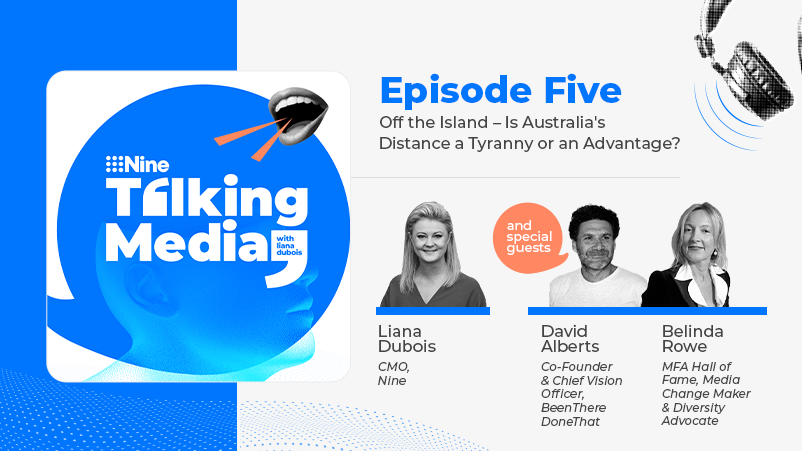Saving ESOV: Karen Nelson-Field, Peter Field, Rob Brittain and Orlando Wood dive into Effie data to flip triple jeopardy threat to opportunity, turbocharge effectiveness, marketing ROI – will marketers pay attention?
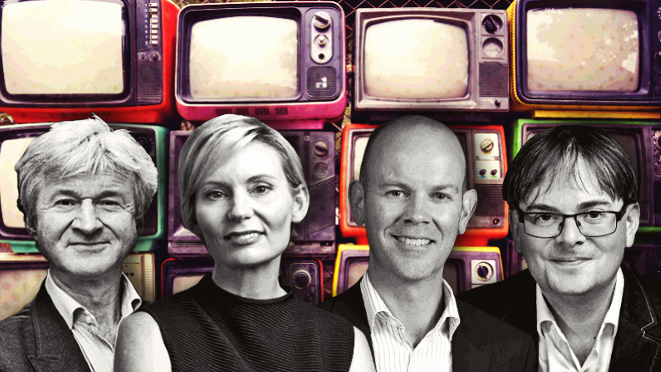
Fighting for attention: Peter Field, Karen Nelson-Field, Rob Brittain and Orlando Wood
Ad effectiveness and attention luminaries Peter Field, Karen Nelson-Field and Orlando Wood last year warned long-standing marketing rules such as ESOV and mental availability are being undermined by a collective hallucination that left-brain, short range techniques – i.e. performance marketing – will drive growth and encode memory structures, and that all channels are equal in delivering attention. Now, alongside marketing effectiveness consultant Rob Brittain, they’ve turned that “triple jeopardy” threat into a "triple opportunity" after diving deep into the data and outlining just how the right mix of quality creative, quality media channel and enough investment can send ROI – and business impacts – soaring.
What you need to know:
- Karen Nelson-Field, Peter Field and Orlando Wood last year told the Cannes Lions Festival of Creativity when budgets, media plans and creative ignore the impact of attention, campaigns are far less effective – with some not working at all. This year, along with Rob Brittain, they've studied 39 Effie Award winning campaigns to prove that point.
- In essence, identical ads that run on higher-attention platforms, with highly emotional creative and a positive ESOV deliver more than double the business impacts of ads on lower-attention platforms with low emotion creative and negative ESOV.
- Attention has become a battle line drawn between TV networks, who argue their ads are more effective, and social media companies who claim the contrary.
- The study didn't compare the two, but shows that different ad formats on YouTube produce vastly difference results, and attention is the major driver.
- Brittain, Nelson-Field, Wood and Field urged brands to place their bets on higher attention platforms, and avoid cheap reach in order to drive actual business outcomes – and get better bang for buck.
What they seek to do is stretch their money further by investing it in low CPM platforms. But this is actually disruptive to effectiveness
Cut the crap
Marketers continue to burn on cheap CPMs that promise huge reach but garner little to no attention and ROI, per a new study by ad effectiveness heavyweights Rob Brittain, Orlando Wood and Dr Karen Nelson-Field. Meanwhile, higher attention media platforms can turbocharge the effectiveness of creativity on business effects by up to 65 per cent. The trio urge marketers not to base media investment on the cost of reach (CPMs) but instead consider each platform’s attention qualities in order to drive better business results.
Their Triple Opportunity of Attention study combined data from the ACA Effectiveness Database with attention metrics from Amplified Intelligence and emotional response testing from System1 to assess the impact of creativity, attention and excess share of voice (ESOV) on business growth.
It analysed how 39 Effie-winning advertising campaigns performed when placed across a range of high and low attention ad formats on YouTube.
The study found that emotive advertising, placed on higher-attention media platforms and supported by an “appropriate” level of investment had the largest impact on business growth (see 'triple opportunity for advertisers' chart below).
It is a follow up to a 2022 presentation at the Cannes Lions Festival of Creativity, The Triple Jeopardy of Attention, that highlighted three trends damaging effectiveness: budget, media planning and creative that that doesn’t consider attention. (There's also more data and detail from Field, Wood and Nelson-Field's presentation here).
Andrew Ehrenberg pioneered ‘double jeopardy’ within empirical marketing laws, which states small brands are penalised twice for being small – they have fewer buyers than a larger brand and their buyers are less loyal, tending to buy less frequently. Which is why most brands race for scale, recognising that the first yards are the hardest, but yield the biggest payoff.
But today’s marketers are at risk of ‘triple jeopardy’ – and not just smaller brands. They see a collective failure to recognise that all impressions and channels are not equal and a near universal scramble for short-term performance at the expense of brand-building. Worse still, brands are replicating short-term performance approaches within supposed brand advertising.
Investment in higher attention platforms enables creative to work more effectively
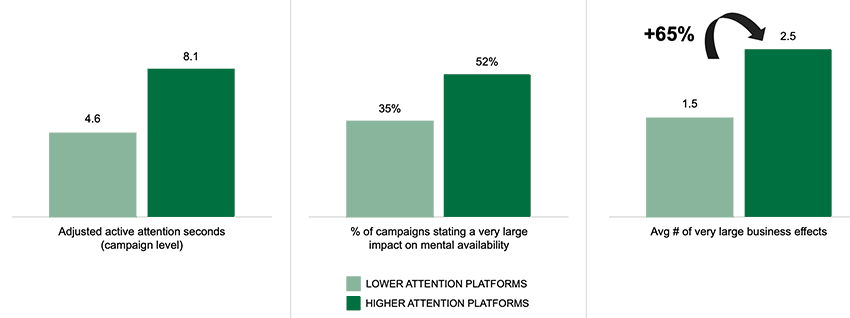
The attention arms race
In recent years, media owners have been scrambling to prove their platforms are the most effective amid accelerating fragmentation and commercial pressure.
TV network chiefs are trying to claw back some of the $300m dollars that this year alone have exited linear TV, with some viewing the attention arms race as a key battle line.
Social media companies have long claimed they deliver stronger ROI per dollar spent on video. At its recent Brandcast, YouTube's equivalent of a TV upfront, the platform claimed it is 67 per cent more effective than TV on a pound-for-pound basis, though TV network execs and senior media buyers questioned the veracity of those claims.
In 2022, Nine, Seven and Ten, and the industry body ThinkTV, argued that although social media networks like Facebook, Instagram and YouTube have mass reach, ads running on these platforms do not deliver the same attention from viewers, and are therefore not as effective.
ThinkTV CEO Kim Portrate described social media claims that they deliver substantially better returns on investment as a “furphy”, while Nine released attention findings that show viewers paid more active attention watching TV on mobile devices, but greater total attention (active plus passive) when watching on TV sets.
Although the new Triple Opportunity of Attention study does little to prove which of these platforms is the king of effectiveness, it unequivocally shows that even within a single platform, YouTube, different ad formats can make or break the power of ad campaign.
The triple opportunity for advertisers
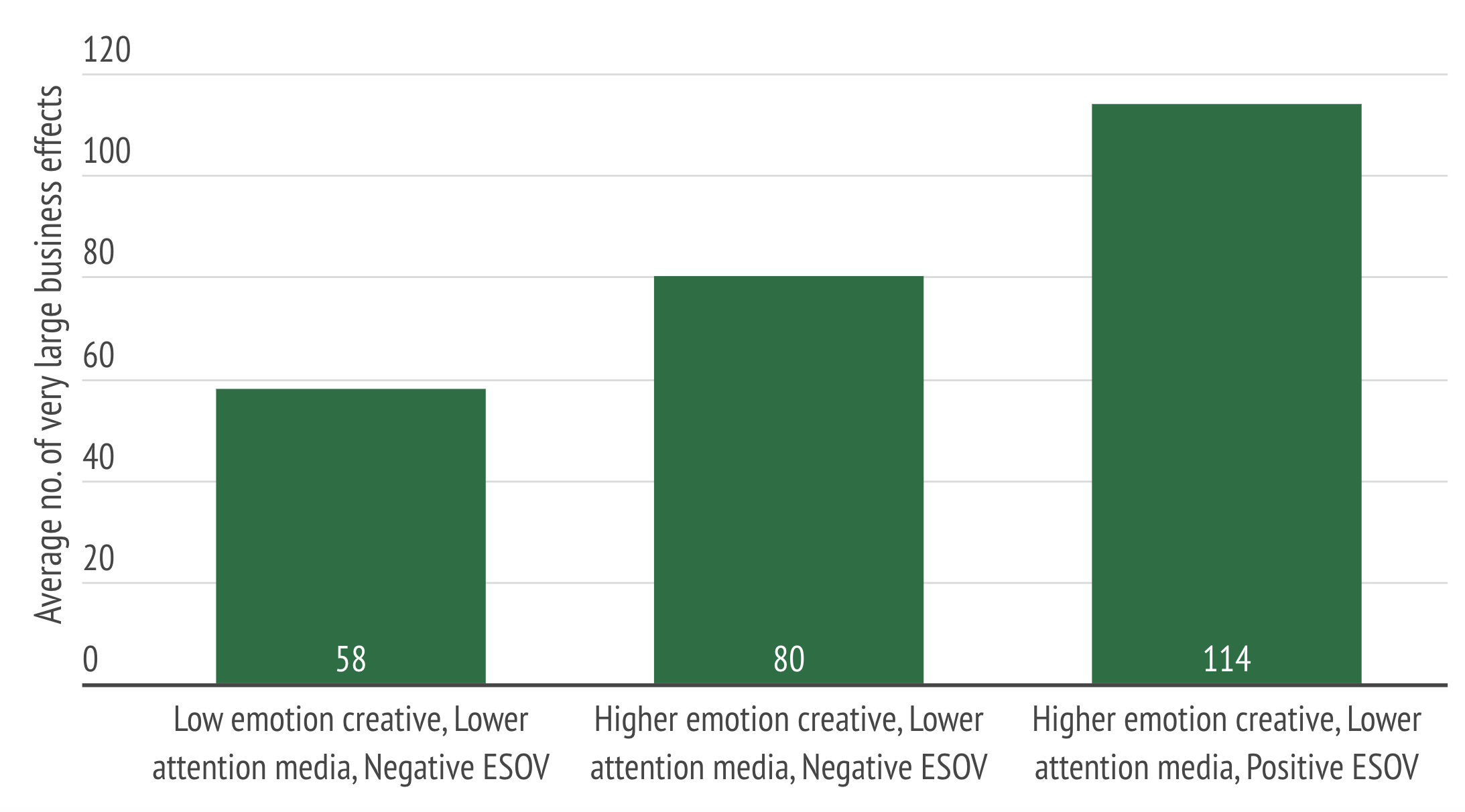
Avoid CPM trap
Rob Brittain said choosing the right media placement can make or break an otherwise great campaign, arguing that well-intentioned marketers under budgetary pressure often make a costly mistake.
“What they seek to do is stretch their money further by investing it in low CPM platforms,” he said. “But this is actually disruptive to effectiveness. Although well-intentioned, it is the wrong decision because they're losing twice: they’ve not only got an insufficient level of investment to drive growth, but then they're investing that money into low attention platforms, which are also less effective.
“It's really clear that even if your budget has declined or is under pressure, don't be afraid of moving towards a higher-CPM media plan. Those channels are worth it and really do pay back.”
The big mistake so many of them make is they don’t start to seek out attention through the right platforms and the right kind of creative work, and hit the buffers.
The performance paradox
Another trend that is killing effectiveness is the flight to performance media. Peter Field, one of the ‘godfathers of effectiveness’ alongside Les Binet, and co-architect of the 60/40 rule, said that SMEs operating on shoestring budgets are more likely to fall into the performance media trap, pumping too much money into lower-attention platforms.
“The startup fallacy that so many businesses come across is in the very early days of a new business as a small brand,” said Field.
“A lot of businesses grow through performance media and they're not really building mental availability, they're relying on their innovation and new presence in the market. Just because you can get away with it as a small start up, doesn't mean you'll get away with it forever.
“The big mistake so many of them make is they don’t start to seek out attention through the right platforms and the right kind of creative work, and they hit the buffers.”
Attention decay curve
Nelson-Field, who spent years at the Ehrenberg-Bass Institute before founding Amplified Intelligence, said the irony is that small brands on smaller budgets benefit more by investing in higher-attention platforms, and it is a “false economy” investing in a high volume of impressions on low attention platforms.
Fast decaying ad channels include low CPM impressions on the general web and scrollable, skippable social media, while higher-attention platforms include cinema, per Nelson-Field. But she underlined that each media platform has a range of ad formats that can be slow and fast decaying.
“If you think about the longest tail of crap on the general web, and you've got 3,000 ads being thrown at you, and the quicker you can turn them off, the better – that's fast decay and lower attention platforms. Attention can decay really fast on formats where you are doom scrolling or skipping," she said.
“At the opposite end of the spectrum, in the cinema you literally can't leave the room, the fun police will tell you off if you talk to your friend, and the fun police will tell you off if you have your mobile going. So there's no distractions around you. Slow decay is essentially active attention …the same amount of people are watching actively at the front end of the ad as they are at the back end.”
With less reach and fewer brand exposures, you won't be thought of at the purchase occasion, particularly if you're not the biggest brand.
The study found that in “fast-scrolling” or “skippable” formats, 80 per cent of the branded moments in ads were only seen by 20 per cent of the audience, with sharp drops after just a few seconds (see charts below). Slow attention decaying platforms produced more consistent mix of passive and active attention across the duration of a 30-second ad.
“With less reach and fewer brand exposures, you won't be thought of at the purchase occasion, particularly if you're not the biggest brand. It's really concerning,” Nelson-Field said.
She advises media planning to consider three dimensions: reach, budget and attention volume. Furthermore, she argues that reach-based planning often falls flat because it doesn’t consider who's paying attention, which can have a much larger impact on business outcomes.
Fast decay: lots of attention early then a fast, steep drop
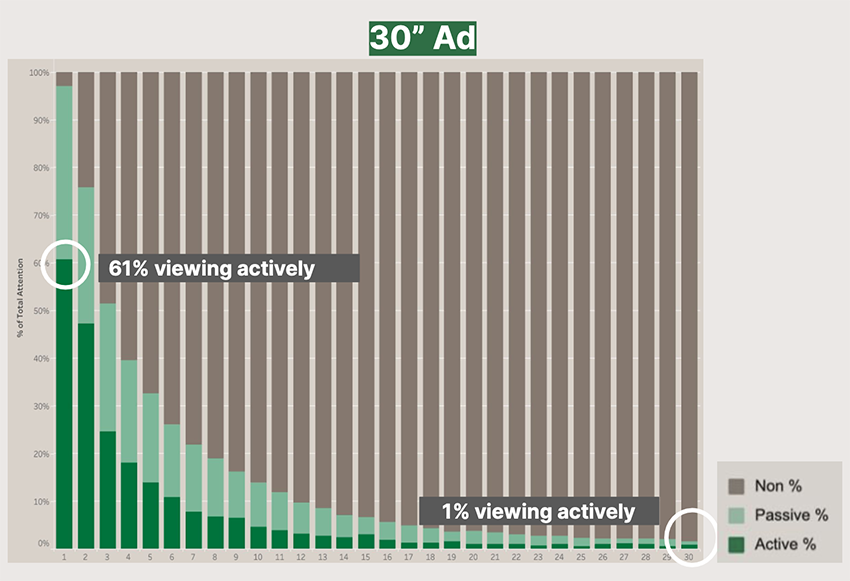
Slow decay: active attention is largely stable across the entire course of the view
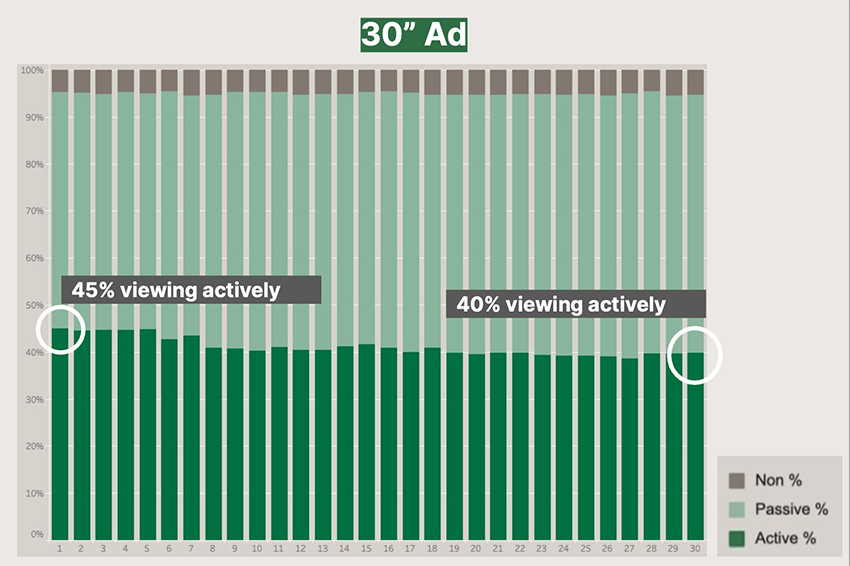
The right side of creative
The final piece of the effectiveness jigsaw is highly-emotional creative. System1, which measures the effectiveness of advertising creative, found that attention to drama, emotion and critical moments helps creative work achieve maximum impact by extending the audience’s attention and then by helping to lodge the brand in the audience’s memory. Higher attention media platforms can turbocharge the effectiveness of creativity on business effects by up to 65 per cent, the study found. When a positive ESOV is thrown into the mix, the volume of business effects doubles compared with low-attention, low emotion creative and negative ESOV.
Wood explained that highly emotional advertising taps into the right hemisphere of the brain, which triggers longer-term memory of ads.
“Looking at the data, we see that advertising with these right brain features creates these highly-profitable kinds of effects, such as revenue and sales gain in a way that the left brain campaigns really don't,” said Wood, System1’s Chief Innovation Officer.
“Because these right brain campaigns create mental availability, they're much better at launching your brand in memory, meaning that they go on working in the longer-term and creating share growth.”
Nelson-Field, Wood, Field and Brittain unpacked the study via the Ad Council – watch the full webinar below.
The Triple Opportunity of Attention webinar



